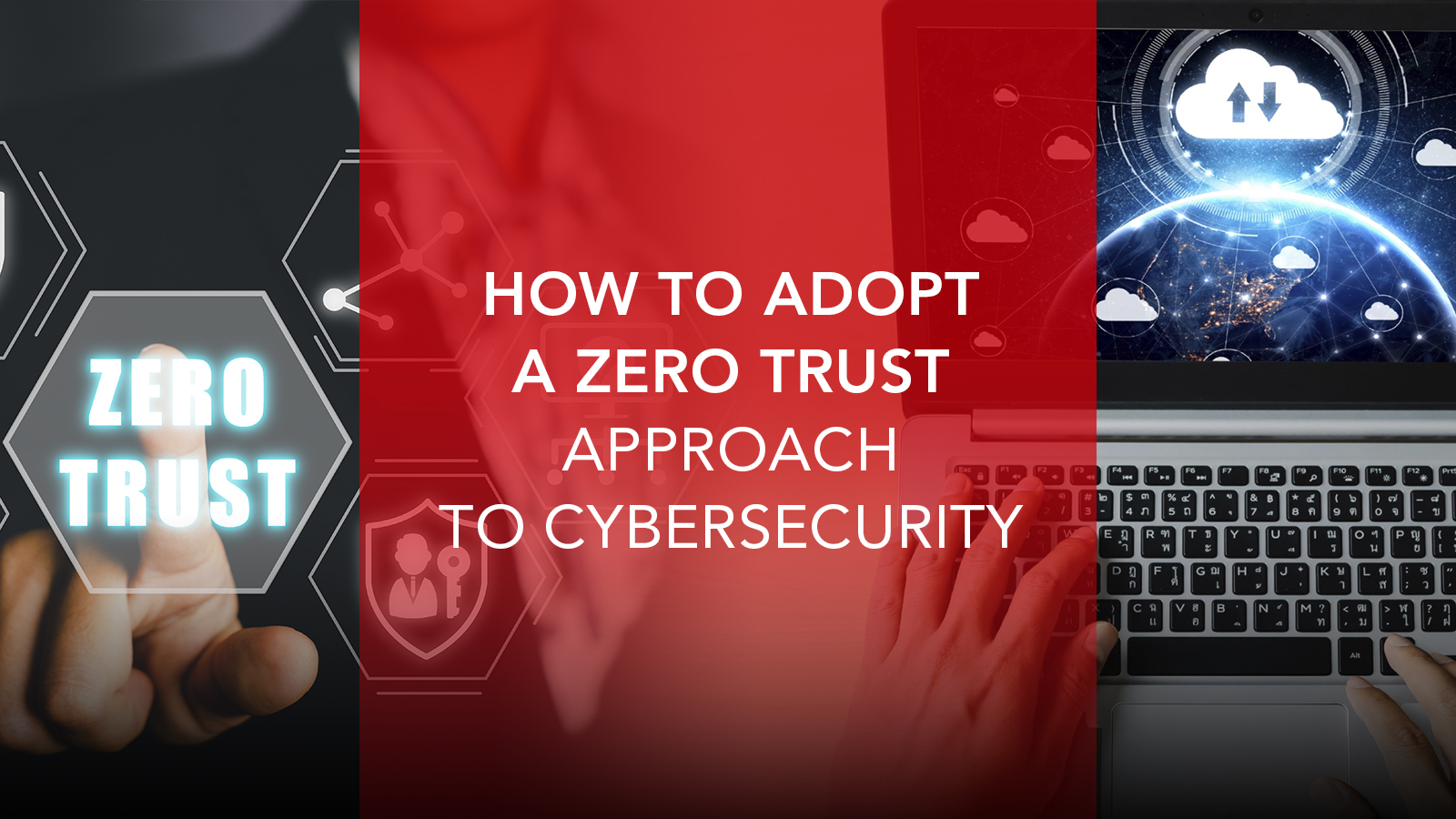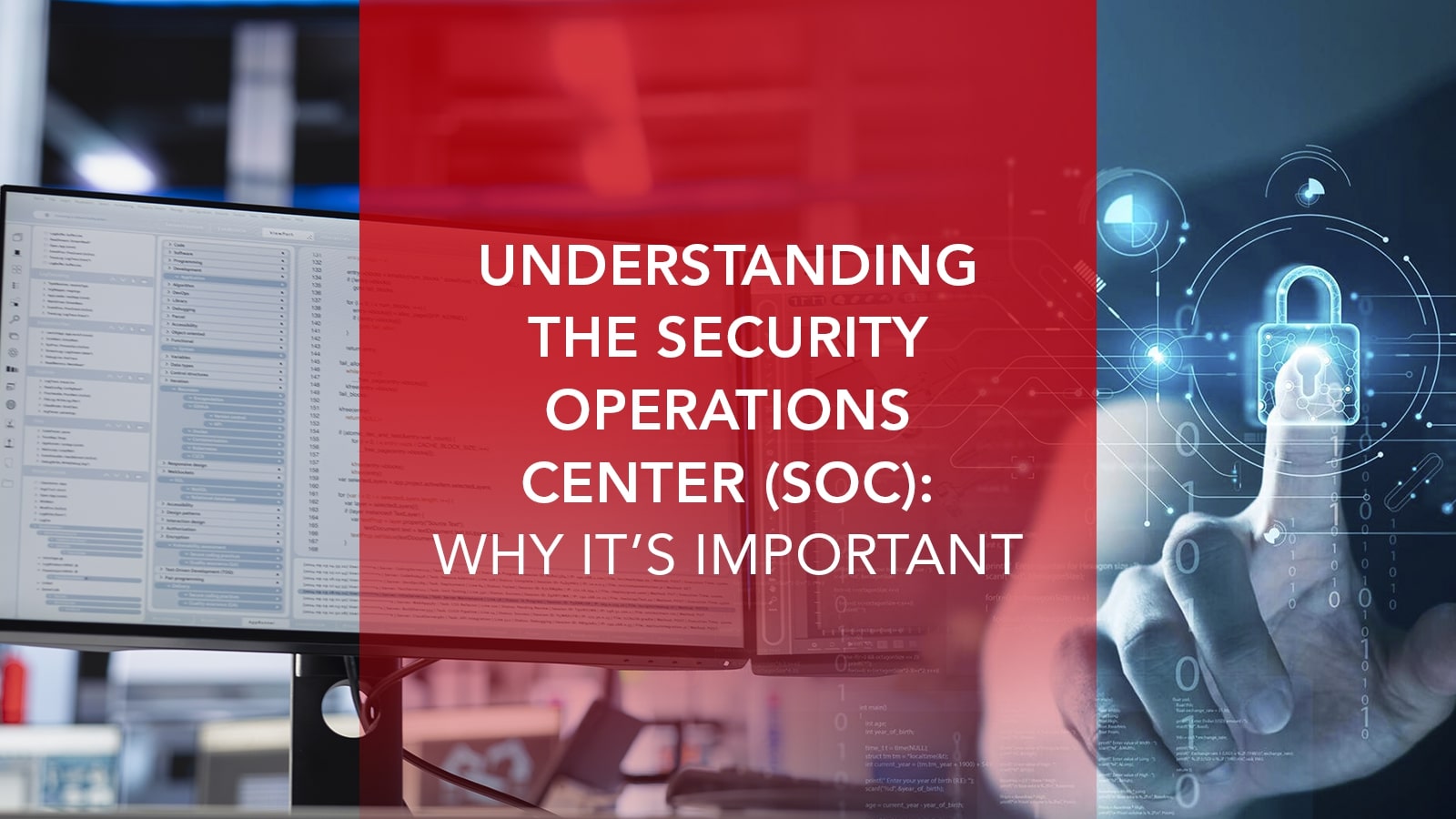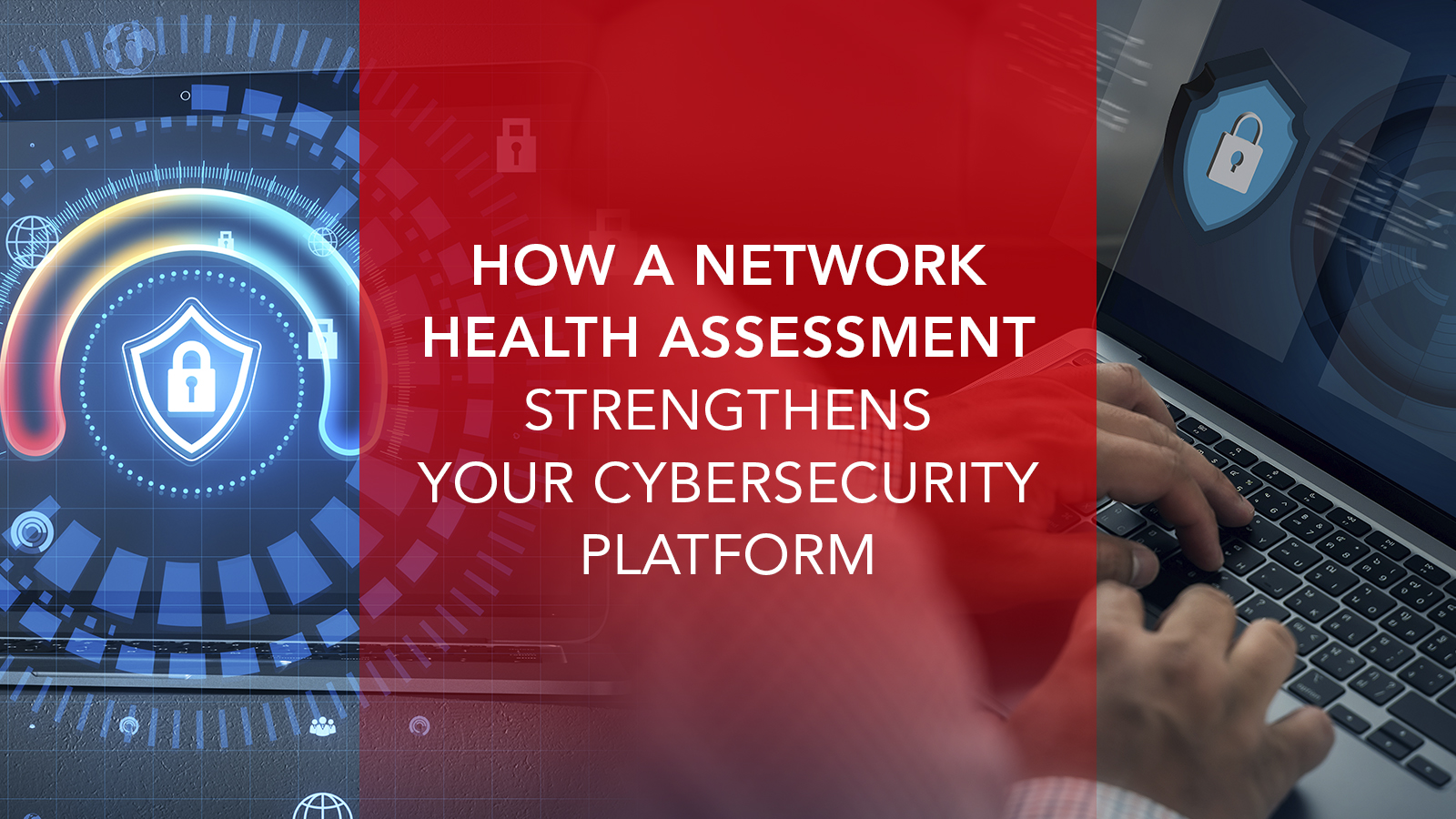How to Adopt a Zero Trust Approach to Cybersecurity In an era marked by increasingly sophisticated cyber threats and a growing number of high-profile breaches, organizations are rethinking how they protect their digital assets. This shift has led to the rise of Zero Trust security–a modern cybersecurity framework and strategic approach that assumes no user, device, or application should be trusted by default, regardless of whether it resides inside or outside the traditional network perimeter. Unlike legacy perimeter-based models that relied on a trusted internal network, Zero Trust security turns this outdated concept on its head, emphasizing continuous verification, strict access controls, and least-privilege principles. As cyber risks evolve, adopting a Zero Trust approach has evolved from a best practice into an absolute necessity for modern cybersecurity.
What is Zero Trust Security?
Zero Trust security is a cybersecurity model based on the principle “never trust, always verify.” Unlike traditional security models that assume everything inside an organization’s network is trustworthy, Zero Trust treats every user, device, and system, whether inside or outside the network, as a potential threat.
How Zero Trust Differs from Traditional Security Models
| Feature | Traditional Security Model | Zero Trust Security Model |
| Trust Philosophy | “Trust but verify” — trusts users inside the network | “Never trust, always verify” — verifies every request |
| Network Perimeter | Strong perimeter; weak internal controls | No inherent perimeter; every request is treated as untrusted |
| Access Control | Broad access once inside the network | Least privilege access based on identity and context |
| Authentication | One-time login | Continuous verification and contextual authentication |
| User Visibility | Limited visibility and user tracking | Full visibility of users, devices, and sessions |
| Response to Breach | Detection is often delayed; response is reactive | Real-time monitoring and automated threat response |
| Remote Work Readiness | Challenging to scale securely | Built for cloud and remote-first environments with Zero Trust Network Access (ZTNA) |
| Scalability Across Cloud | Requires VPNs or custom integrations | Cloud-native and infrastructure-agnostic |
| Security Focus | Protecting the perimeter | Protecting data, identities, and endpoints everywhere |
Core Principles of the Zero Trust Approach
The Zero Trust model redefines security by assuming that threats may exist both inside and outside the network. It emphasizes strict identity verification and minimal trust, even for users already inside the perimeter.
- Identity Verification and Continuous Authentication – Always verify user identity, device health, and access permissions before allowing access. Devices must meet predefined security standards before they can connect to sensitive resources. Users are required to authenticate through multi-factor authentication (MFA) and are continuously validated throughout their session to detect any anomalies or changes in risk posture. This enables the enforcement of risk-based access, where permissions adapt in real time based on shifting threat levels or contextual signs.
- Least Privilege Access – Users, applications, and systems are granted only the permissions necessary to perform their specific tasks and nothing more. This reduces the potential impact of a breach by limiting what attackers can access or exploit.
- Micro-segmentation – The network is divided into isolated segments or “zones” to prevent attackers from moving laterally across the environment. Even if one segment is compromised, network segmentation ensures the threat is contained and does not spread to other areas.
- Endpoint Security – All devices that access the network–whether managed or unmanaged–must be monitored, verified, and meet security compliance requirements (such as having up-to-date antivirus, OS patches, and secure configurations). This includes enforcing secure remote access policies to protect data and applications accessed outside traditional office environments. Endpoint Detection and Response (EDR) tools are often used to enforce this and quickly respond to suspicious behavior on devices.
- Threat Detection and Behavioral Analysis – Zero Trust relies heavily on real-time monitoring and analytics to identify unusual patterns or potential threats. Behavioral analysis plays a vital role in insider threat detection, helping identify compromised accounts, malicious insiders, or malware activity by recognizing deviations from normal user and device behavior. This enables rapid response and automated remediation actions.
Why Businesses Need Zero Trust Now More Than Ever
As businesses increasingly adopt remote and hybrid work models, along with widespread cloud usage, traditional perimeter-based security is no longer sufficient. Employees now access corporate data from various locations and devices, while cloud platforms decentralize infrastructure, expanding the attack surface. A robust cloud security architecture becomes essential to support Zero Trust principles across distributed environments. At the same time, insider threats and sophisticated cyberattacks like ransomware are on the rise. According to a 2025 report by the Ponemon Institute, insider threats have continually increased in recent years, with the average cost reaching nearly $17.4 million per incident. Zero Trust Architecture addresses these evolving risks by enforcing strict identity verification, secure access, least privilege access, and continuous monitoring, regardless of user location or network. It never assumes implicit trust and secures every access point, reducing the likelihood and impact of breaches. In today’s dynamic threat landscape, Zero Trust is not just a security upgrade–it’s a strategic imperative and a foundational data protection strategy for reducing risk and protecting sensitive data across modern IT environments. 
How to Adopt a Zero Trust Approach to Cybersecurity
Adopting a Zero Trust approach requires strategic planning, but the Zero Trust deployment process is more manageable than many organizations expect, especially when working with an experienced cybersecurity partner like VirtualArmour. By following a structured roadmap, businesses can enhance their security posture while minimizing disruption.
Step 1 – Map Assets and Access Points
Start by identifying all users, devices, applications, and data across your environment. Go a step further by mapping business processes to understand how data flows between systems, who needs access to what, and under which circumstances. This deep visibility not only clarifies legitimate access patterns but also helps uncover inefficiencies or unnecessary permissions.
Step 2 – Strengthen Identity and Access Controls
Implement strong identity and access management (IAM) practices, including tools like multi-factor authentication (MFA), Single Sign-On (SSO), and Role-Based Access Controls (RBAC). These measures ensure that only authorized users and devices can access sensitive systems–and only with the level of access necessary for their roles. Aligning access control with business process requirements helps maintain both security and operational efficiency.
Step 3 – Segment Networks and Minimize Lateral Movement
Break your network into smaller, isolated segments using micro-segmentation, focusing especially on isolating sensitive data and high-value systems. This approach limits an attacker’s ability to move laterally through your environment in the event of a breach. It’s particularly critical for hybrid and cloud environments, where traditional perimeters don’t exist. Mapping both need for access and interdependencies between business functions helps inform logical network segmentation without disrupting operations.
Step 4 – Enable Continuous Monitoring and Behavioral Analytics
Deploy tools such as User Behavior Analytics (UBA) and Security Information and Event Management (SIEM) systems that provide real-time monitoring of user activity, system behavior, and network traffic. By analyzing patterns and flagging anomalies, these tools enable organizations to identify and respond to insider threats, policy violations, or compromised accounts early. Integrating this monitoring with business workflows ensures alerts are meaningful and actionable.
Step 5 – Automate Security Workflows
Use security automation to enforce Zero Trust policies, respond to threats, and manage access requests efficiently. Integrating automated workflows with mapped business processes helps maintain consistent enforcement across environments while reducing the burden on IT and security teams. Automation also speeds up incident response and ensures rapid containment and remediation of threats.
Challenges in Implementing Zero Trust–and How to Overcome Them
Implementing Zero Trust security can be complex, especially for organizations with legacy systems that aren’t designed for modern security models, siloed teams that hinder collaboration, or budget constraints that limit investment in new technologies. However, overcoming these challenges is essential for effective data breach prevention and maintaining a strong security posture. To overcome these hurdles, adopt a phased rollout approach that prioritizes high-risk areas first to deliver quick wins while you gradually expand coverage. Also, secure strong executive support to align resources and foster a culture that values security. Finally, leverage automation to streamline processes, reduce manual effort, and maximize the impact of existing security investments.
How VirtualArmour Can Support Your Zero Trust Strategy
As organizations modernize their infrastructure, securing data, users, and collaboration tools becomes more critical than ever. VirtualArmour helps businesses navigate this shift by delivering tailored Zero Trust security solutions that align with your operational goals while strengthening overall security. With deep expertise in automation, platform integration, access governance, and threat monitoring, VirtualArmour streamlines the implementation of Zero Trust by reducing manual overhead, unifying disparate systems, and enforcing consistent, policy-driven controls. Whether you’re securing cloud environments, remote workforces, or critical business applications, VirtualArmour can design and manage a strategy that fits your needs. Ready to take the next step? Explore VirtualArmour’s Zero Trust services or contact our team to begin building your customized Zero Trust roadmap.
Zero Trust Security is a Journey Worth Taking
In today’s fast-changing digital landscape–marked by remote work, cloud expansion, and increasingly sophisticated threats–Zero Trust is no longer optional; it’s essential. Traditional perimeter-based security simply can’t keep up with the modern attack surface. Adopting Zero Trust security isn’t a one-time deployment, it’s an ongoing journey that evolves with your business. Careful implementation planning ensures each step forward strengthens your defenses, improves visibility, and reduces risk. The longer organizations wait, the more exposed they become. Now is the time to act–and with the right strategy and support, Zero Trust can become a powerful driver of both security and business agility.






